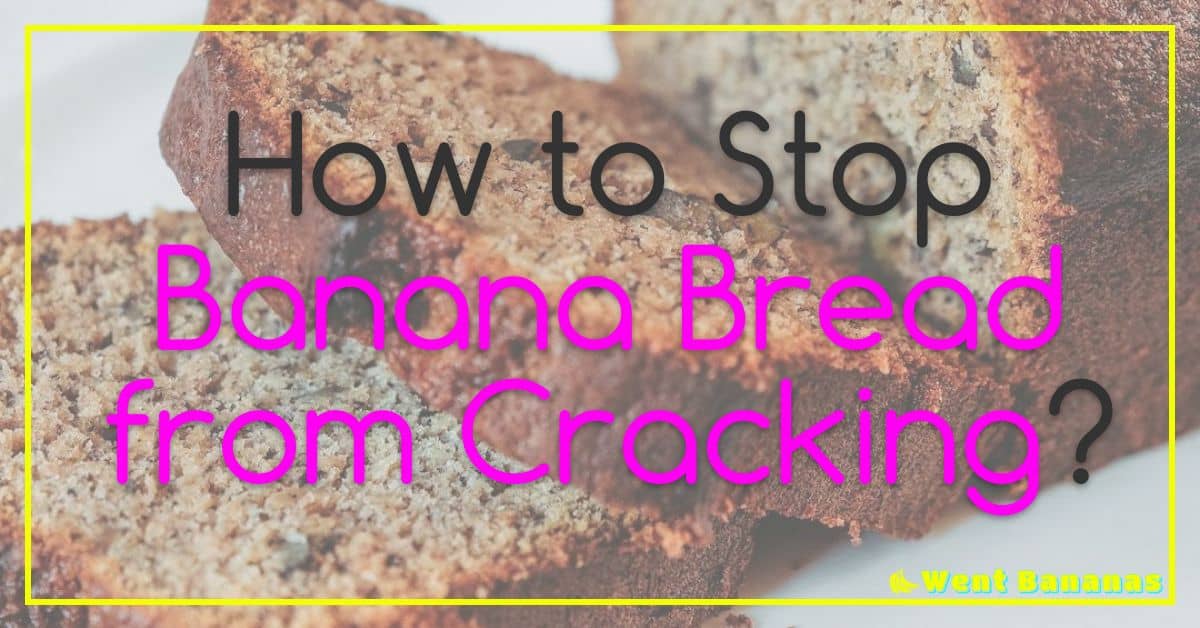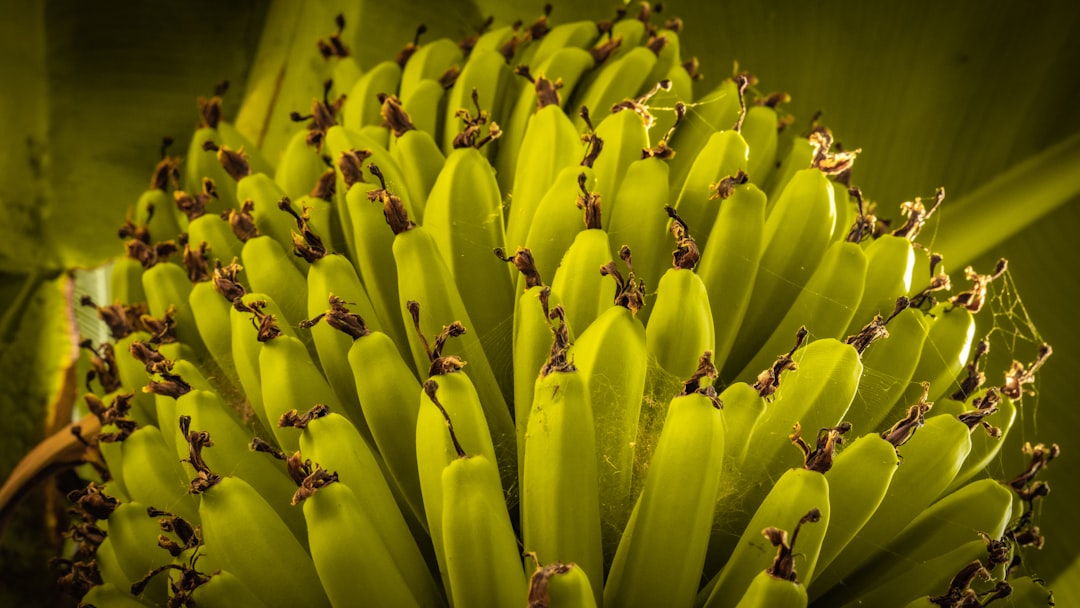Dust off the apron and shake off the cobwebs, it’s time to make some banana bread!

But, wait!
Does the top of your loaf always seem to crack? If so, fret not! With a few simple tips and tricks, you can stop your banana bread from cracking and produce a perfectly delicious, crack-free loaf. Read on to discover how!
Causes of Banana Bread Cracking

One of the most common issues that bakers face when making banana bread is cracking. While this problem can be caused by a variety of factors, there are several steps that can be taken to prevent it.
The primary cause of banana bread cracking is over-mixing the batter. Too much mixing causes air bubbles to form, which leads to uneven baking and subsequent cracking. To avoid this, use a low-speed setting when mixing the ingredients together and only mix until just combined.
Under-baking can also lead to cracks in banana bread. When the loaf isn’t cooked through, it will shrink as it cools and create cracks in its surface as a result.
To ensure your banana bread is cooked all the way through, insert a toothpick into the center of your loaf; if it comes out clean without any wet batter attached then your loaf is done!
Finally, too much humidity or moisture in the air can also cause banana bread to crack while cooling down after coming out of the oven.
A simple way to combat this issue is by avoiding placing freshly baked goods near open windows or drafty areas where excess moisture could come into contact with them while cooling off.
By following these tips, bakers should have no trouble keeping their banana bread free from unsightly cracks!
Preventive Measures for Avoiding Cracking
Baking banana bread can be a tricky affair, and one of the most common mistakes is for the loaf to crack on top. Fortunately, there are several preventative measures that bakers can take in order to avoid this issue.
The most important thing is to make sure that the dough is not over-mixed. Over-mixing will create too much gluten and cause it to rise unevenly, resulting in an unsightly crack across the surface of the loaf.
It’s also important to ensure that all ingredients are at room temperature before mixing them together; cold ingredients can lead to uneven rising and a cracked top.

Finally, it’s essential not to open the oven door during baking as this sudden change of temperature can cause cracking or sinking on the surface of the banana bread.
Improper cooling techniques should also be avoided – allowing your banana bread cool too quickly may cause cracks along its surface as well as its sides. Carefully following these steps will help you achieve a beautiful loaf with no cracks on top!
Tips for How to Fix a Cracked Banana Bread Loaf
Unfortunately, banana bread disasters can be avoided with a few simple tips. Here are some of the best ways to prevent cracking in your banana bread loaf:
1. Use overripe bananas. Overripe bananas are much moister and easier to mix into the batter, resulting in a softer, smoother loaf that won’t crack as easily.
2. Add an additional egg white or two tablespoons of oil for extra moisture and structure when baking larger loaves. This will help keep your banana bread from becoming too dry and cracking on top during baking.

3. Avoid overmixing the batter as this can cause gluten development which leads to toughness and cracking during the baking process. Gently fold together ingredients until just combined for the best results!
4. Bake at a lower temperature (around 325 degrees Fahrenheit) for longer periods of time (45 minutes or more) if you’re making a larger loaf so that it doesn’t cook too quickly on the outside while still remaining undercooked on the inside; this contributes to cracking on top due to uneven cooking times throughout different parts of your loaf!
Troubleshooting Common Problems with Banana Bread
Banana bread is a delicious treat, but it can be tricky to get right. Common problems like cracking or a dry texture are all too common when baking banana bread. To ensure that your banana bread comes out perfect every time, it’s important to troubleshoot potential issues before they arise.
One of the main issues that can cause banana bread to crack is overmixing the batter. Overmixing will produce too much gluten in the dough, which can create an uneven surface and lead to cracking during baking.
To avoid this issue, mix the ingredients together gently until just combined – don’t worry if there are small lumps in the mixture; these will be cooked out during baking.
Another problem that can lead to cracking is adding too many liquid ingredients such as milk or eggs.
Too much moisture will cause your banana bread to rise unevenly and start cracking on top while it’s still cooking – resulting in an unappetizing appearance! Make sure you measure precisely when adding liquid ingredients for the best results.
Finally, temperature fluctuations during baking can also cause cracking on top of your loaf of banana bread. If you’re using a preheated oven, make sure it has reached its optimal temperature before placing your loaf inside; if not, you may end up with some areas cooking faster than others and causing cracks as they bake up against each other!
Additionally, try not to open the oven door while your loaf is still cooking as this could introduce drastic changes in temperature which may result in unevenly cooked surfaces and cracked topping on your beloved dessert!
Recipe Variations That Help Prevent Cracking

Cracked banana bread can be a frustrating experience for any baker, but thankfully there are some recipe variations that can help prevent it. By combining certain ingredients and techniques, it’s possible to enjoy delicious, crack-free banana bread every time.
Adding an extra egg white to the batter is one way to reduce cracking. This helps create a more cohesive structure that resists cracking. Additionally, increasing the amount of sugar and adding oil or melted butter can also help add moisture and improve texture.
If you’re looking for an even softer texture, consider adding mashed bananas or applesauce to your batter.
This will provide additional moisture while also increasing flavor complexity. Another option is to reduce the amount of baking powder in your recipe since too much of this ingredient can cause cracking as well as a dryer finished product.
Lastly, don’t forget about timing! Overbaking your banana bread will result in dryness and increased chances of cracking so make sure you keep an eye on it throughout the baking process by checking regularly with a toothpick or knife inserted into the center of the loaf when done baking!











